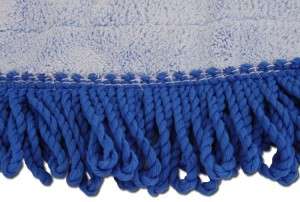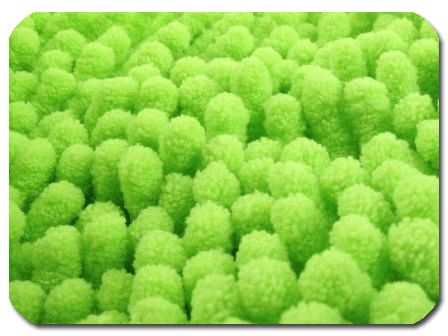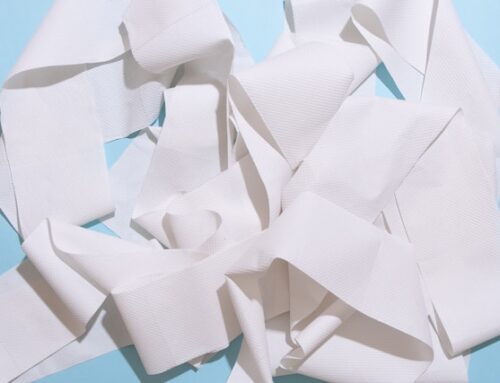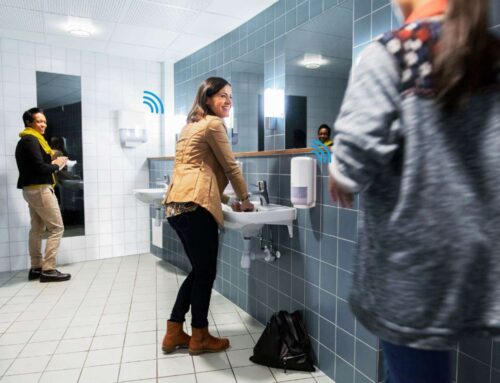Decoding Microfiber Dust Mops
Sources and information are contributed by the October 2013 Sanitary Maintenance Magazine edition, written by Kassandra Kania.
Are you curious on how the cleaning industry views microfiber dust mops?
Do you want to ensure your facility is using the most efficient tools on the market?
In this article, we will discuss key components of a microfiber dust mop and opinions from industry personnel.
Contrary to popular belief, not all dust mops are created equal. And what works for one facility or application may not work for another. When utilizing dust mops, facilities have a myriad options, including a variety of yarn types and mop materials.
 Start At The Ends [Cut-end VS. Looped End]
Start At The Ends [Cut-end VS. Looped End]
Dust mops typically come with cut or looped ends. Cut ends are more economical than looped ends and are often found on disposable dust mops.
According to Scott Franiak, regional account manager for Acme Paper Supply Co., Inc., Savage, Md., cut-end mops are more appropriate for customers whom do not have laundry facilities as they are less likely to survive frequent washing.
“Cut ends are for situations where you’re not as concerned about the quality of that mop, because you know you’re going to buying a lot of them,” he says.
Looped-end mops on the other hand are more expensive than cut-end mops and fare better in the washing machine.
“One of the reasons people choose looped-end mops is because they don’t tangle and become useless in the laundry,” says Simerly, sales manager for Barrett Supplies and Equipment. “That’s one of the things that can go wrong with a washable cut-end mop.”
Looped ends are also designed to pick up a larger amount of debris. “Traditionally, it would be argued that a dust mop with a looped trim is a higher-end mop than a cut-trim mop,” says Ryan Banks, vice president of sales and marketing, Brady Industries, LLC. “The dust gets caught in the loops, so it can hold a larger load.”
Microfiber Magic
In addition to choosing mop ends that match the task at hand, end users should pay close attention to the dust mop’s material content. According to distributors the industry is moving toward microfiber dust mops because the material doesn’t need to be pre-treated and can hold a greater amount of soil.

“We felt it was important to incorporate microfiber into our looped-end mop, because of its unique cleaning properties,” says Simerly. “It will pick up minute dirt and dust particles, even at a microbial level.”
For this reason microfiber dust mops are popular in healthcare facilities.
“I always recommend microfiber for any application, but particularly in a health-care environment,” says Franiak. “From an infection control standpoint custodians are looking to eliminate as much bacteria, debris and cross-contamination as possible.”
Some microfiber dust mop heads are disposable, making them appropriate for applications such as mopping operating rooms where single use, disposable products are commonplace. But the majority of microfiber dust mop heads are washable, which justifies their higher price tag.
Was this article helpful?




